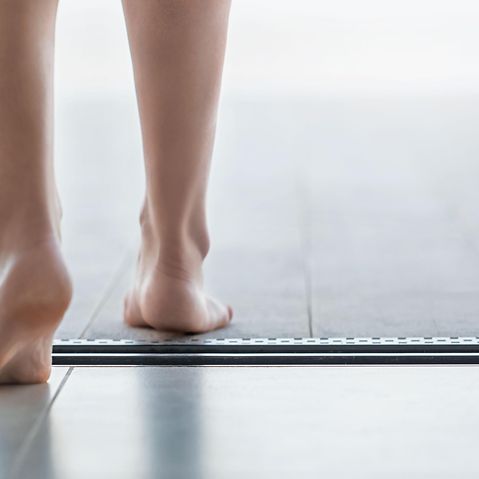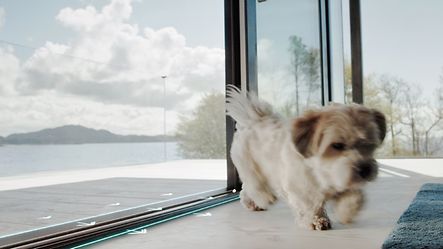
Universal design puts the diversity of users centre stage
“Whether you’re eight or eighty, you want your world to work for you.” This quote from the “Unlimited by Design” exhibition at the Cooper Hewitt, Smithsonian Design Museum in New York encapsulates the spirit of universal design. The same conditions for everyone, no matter their age, rather than special solutions for the select few. But what is behind the term “universal design”? How does the approach, which is at once both innovative and universal, address the challenges of demographic change?
What does “universal design” actually mean?
The term universal design was first coined by the American architect Ronald L. Mace (1941-1998), who from 1970 became an advocate for accessibility in architecture. Mace, who contracted polio at the age of nine, developed numerous products and devices for people with disabilities. In 1989 he founded the Center for Accessible Housing (known today as the Center for Universal Design) where, with his support, a team of architects, product designers, engineers and researchers established crucial principles. These principles, seven in all, can be used to evaluate product designs, guide the development process and educate both designers and consumers on the characteristics of easy-to-use products.
It’s not without reason that “universal design” is referred to as a meta-discipline of design. The internationally established concept is based on an approach centred on people: products, spaces, devices and applications are conceived to be simple and intuitive for all to use, regardless of age or ability, without needing to be adapted, while also holistically combining comfort and aesthetics. The focus is not on the design concept, but the process that leads to products that can be used by anyone.
Universal design at Schüco
This concept is also intrinsic to Schüco solutions, which are simple, easy to use and versatile. We design windows, doors, sliding doors and in turn buildings and their surroundings so that they meet the current and potential future needs of all users, regardless of age, size or ability, with optimum security and maximum convenience. For instance, so that transitions from indoor to outdoor areas do not form trip hazards, zero-level threshold designs must become indispensable in future.
Our systems reduce the profile geometries to a minimum or even allow them to disappear entirely into the floor, wall and ceiling. We offer solutions ranging from smart comfort products to solutions that are DIN compliant, regardless of whether it is by way of having freely adjustable operating forces, zero level thresholds or threshold solutions that meet the requirements for easy-access construction in DIN 18040.
This is how universal design becomes our future.

Schüco products for barrier-free building:
Windows: Schüco AWS 70.HI, Schüco AWS 75.SI+, Schüco AWS 90.SI+
Doors: Schüco AD UP 75 , Schüco AD UP 75 BL
Sliding doors: Schüco ASE 60 TT, Schüco ASE 80.HI TT